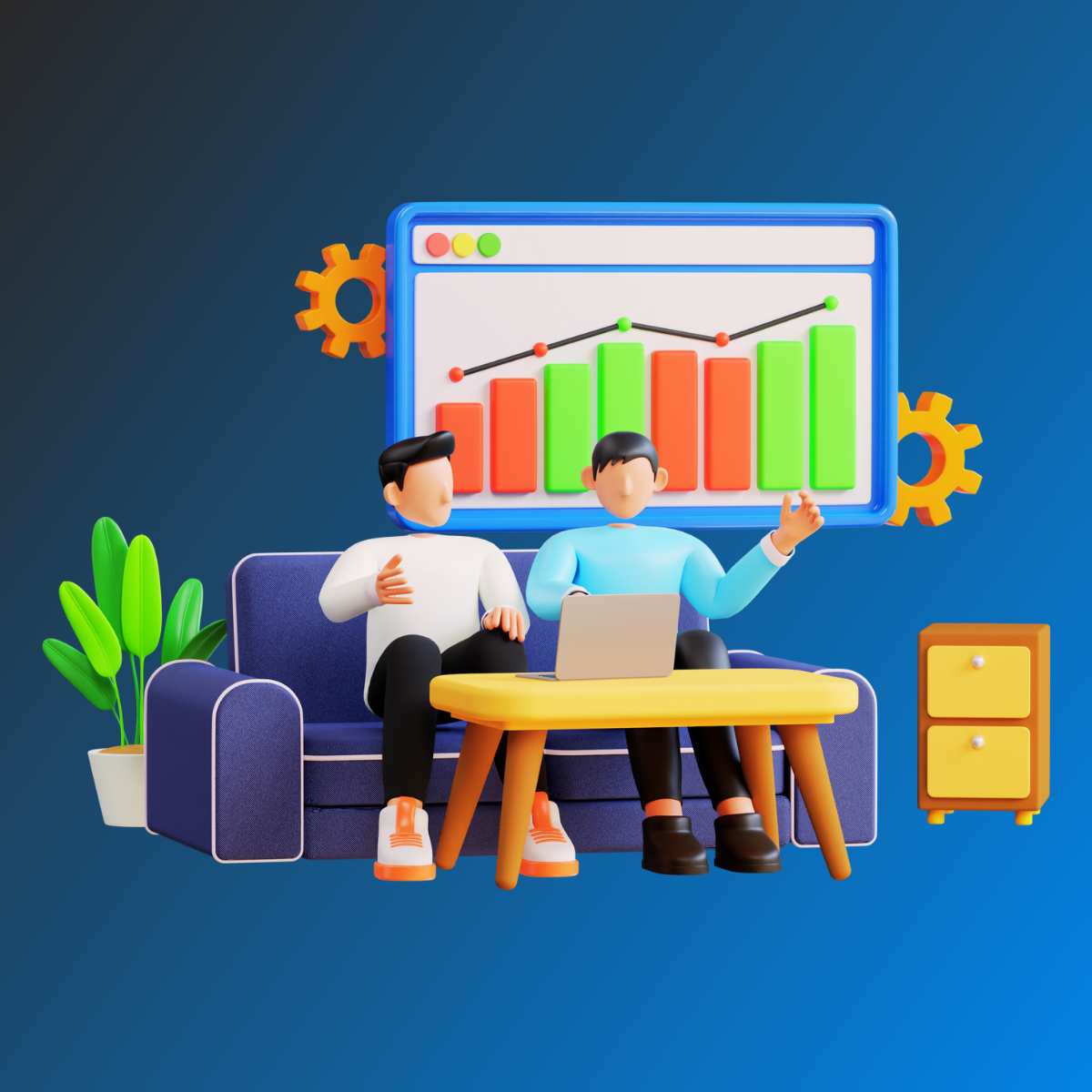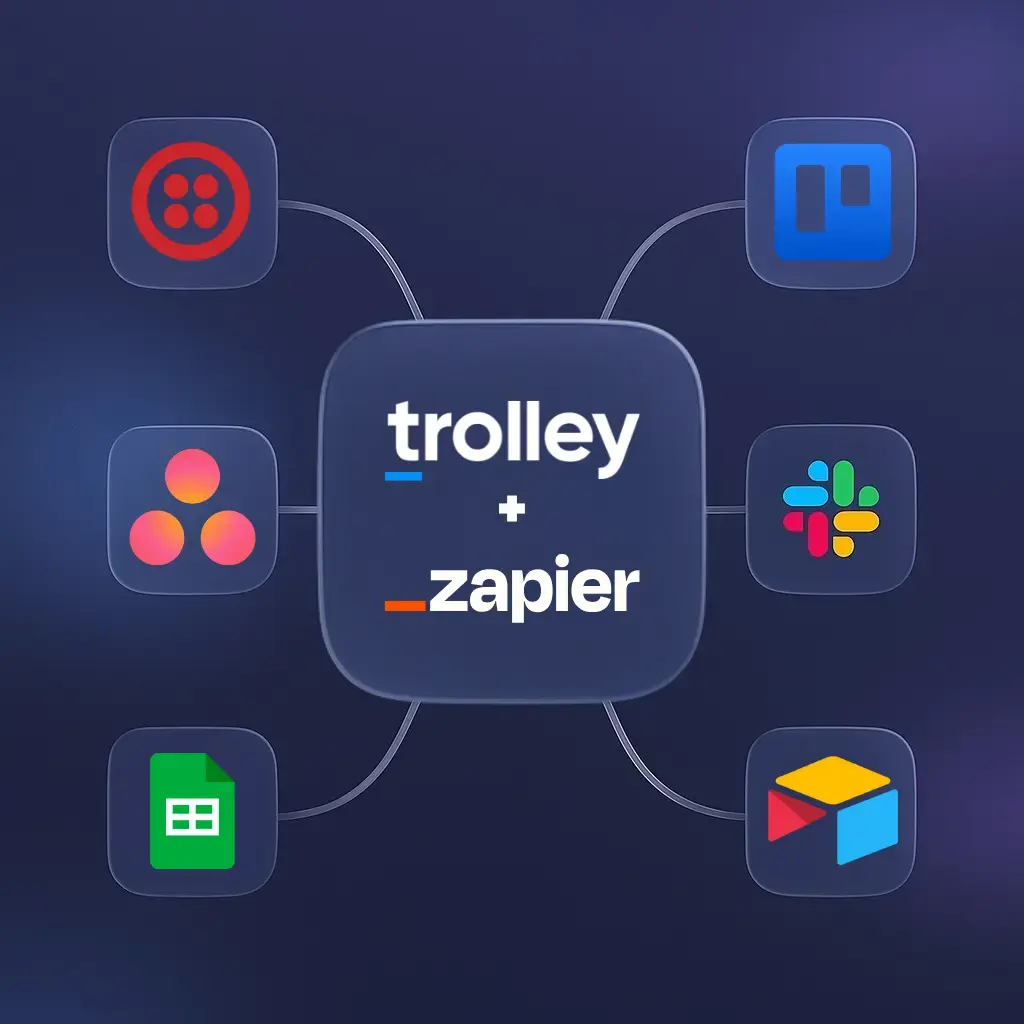Accounts payable is an inherent part of any business that needs to pay contractors, freelancers, suppliers, or vendors. It’s also often time-consuming, resource-intensive, and error-prone. This guide takes you through the benefits and challenges of automating AP processes, as well as what to look for when implementing improvements to your AP workflow. Stick around to find out how to choose the right AP software for your business, save your AP team time and money, and avoid unnecessary headaches.
Accounts payable refer to the money a company owes to the contractors, freelancers, suppliers, and vendors from which it has purchased goods and services. The accounts payable process encompasses the payment of these suppliers, from the moment the invoice is received, through the review and approval process, and finally the payment itself. Accounts payable processes are often manual, time-consuming, and prone to human error. But they don’t have to be—that’s where AP automation comes in.
Only ten percent of businesses have fully automated their AP process. Without automation, businesses increase their risk of errors, mismanagement of funds, and inefficient use of their highly skilled workforce, as professional accountants are bogged down with paperwork.
With the global workforce becoming increasingly remote, it’s all the more important to consider digitizing invoicing and switching to a streamlined, automated AP process. Read on to learn the benefits and challenges of AP automation, as well as how you can implement an automated process yourself (plus an interactive experience towards the end!).
What we cover
- Benefits of AP Automation
- How to Choose the Right AP Automation Software
- Taking the Next Steps Towards AP Automation
- Trolley’s Payouts and AP Solution
What is AP Automation?
Accounts payable processes look different depending on the nature and the scale of the business.
Some companies have an invoicing flow, which starts with the company receiving an invoice from, say, a contractor. This invoice then needs to be reviewed, in some cases by multiple stakeholders inside and outside the AP department, and compared to purchase orders or contracts to verify the information. After the manual reviewal process, the AP department needs to approve the invoice, and then send the payment to the contractor and record the expense in the company’s general ledger.
Other companies, depending on the space they operate in, rely on the data from their own platform to create bills and skip the invoices altogether.
In the gig economy and in marketplaces, companies need to process a high volume of payments faster than competitors, and thus have an accounts payable process that takes data from a platform and creates payments directly.
In all of these cases, companies need to keep their books clean. This can be accomplished with a payouts solution that plugs data into their ERP system, so companies can keep their accounts balanced.
There are multiple places for inefficiencies in the AP process: manual data entry, time-consuming reviewal and approval procedures, and an overall lack of visibility throughout. Luckily, this resource-intensive and error-prone workflow can be transformed into an optimized, automated process with the help of software and artificial intelligence.
Irrespective of which AP workflow your business has, it can benefit from automation.
AP automation includes:
- E-invoicing
- Digitized, streamlined invoice approval process
- Automated data entry
- Automated complex coding
Benefits of AP Automation
A survey by Pymnts.com of 400 CFOs found that 86% believed automating financial systems has positively contributed to their business’ success. Around 32.8% of them also stated that digitizing accounting processes was critical.
The business opportunity for AP automation is tremendous. The global transaction value of the B2B payments market totaled over $88 trillion in 2022. And those payments cost businesses a lot of money. Businesses in North America spend an estimated $187 billion annually on accounts payable processing in direct processing and labor costs alone. When taking indirect costs into account, such as short-term credit and additional fees for cross-border transactions, the total may be closer to $510 billion.
AP automation allows businesses to:
- Save time
- Minimize errors
- Reduce the risk of fraud
A Trolley Success Story – Draft.co
Draft.co is one of the many companies benefiting from the switch to automated accounts payable. The company offers its customers access to a network of high-quality content creators who produce blog articles, landing page copy, newsletters, emails, social media posts, and more on demand. And all of these individual creators need to be paid.
Since making the switch to automated AP in 2021, Draft saves hours of work per week and at least $60,000 per year in payment savings.
Their previously labor-intensive process of reconciling invoices and sending payments has shrunk from an estimated one day per week to just 15 minutes. Discrepancies between what writers invoiced versus what they completed resulted in erroneous payouts of five to ten thousand dollars per month, a drain on the company’s finances that has been eliminated through automating their AP process. And this solution will scale with the company as the number of creators working for them grows.
Read the full Draft.co success story >
Challenges of AP Automation
While the benefits of automation far outweigh the cons, there are some potential challenges in its implementation. These include:
- Cost of implementation
- Resistance to change
- System downtime and technical issues
- Non-compatible systems—software that doesn’t “play nice” with others
The initial investment in AP automation software may cause businesses to hesitate. But as shown in the case of Draft.co, this cost is often negligible compared to the operational cost savings AP automation brings.
Along with the initial startup costs, some employees may be resistant to adopting automation or changing established workflows. Informing employees about the upsides to these changes and taking the time to train them in using new software is a vital step in making the switch.
As with any technology implementation, AP automation systems are not immune to potential downtime and technical issues. These disruptions can cause delays in processing payments. Having a robust contingency plan in place, along with regular system maintenance and data backups, helps to mitigate these risks.
Lastly, and importantly, individual systems or software may not interact with one another. AP automation relies on the credibility of data. If there’s a downstream problem, flawed data comes into other parts of the flow. Data needs to move from one system to another in a well-knit tech stack for automation to work properly.
How to Choose the Right AP Automation Software
Choosing an AP automation software might feel overwhelming with all the choices available on the market. Let’s break it down and examine the most important factors to keep in mind when deciding on the right solution for your business.
Key functionalities
The right AP automation software should have some key functionalities, such as invoice processing, payment options for all of the countries you need to pay people in, and integration with any ERP or accounting software your business already uses.
One way to pick an AP automation software is to think about which parts of your current process are manual and time-consuming—things you want to automate.
If you have a bill created in one software, where do automations need to come in to prevent duplication efforts? Your payout software should help you keep your books clean by reconciling data between the two systems.
Data integrity, security, and compliance
Make sure the AP automation software you choose prioritizes data security and compliance. One of the advantages of AP automation is decreased risk of fraud, but you’ll need capable software with robust security measures in place to really cash in on this benefit.
Data integrity is also key to any automation. Historic data and logs need to be maintained, and any system you use needs to be able to ensure that this data doesn’t get changed. The system or software needs to be able to pull and save the right data without changing anything that shouldn’t be touched.
Scalability
Another important factor to consider is scalability. No matter the size of your business currently, anticipating your needs as it grows will save you time and money in the long run.
If a manual process takes you 10 minutes per day now, how will this multiply as your business grows? It’s important to keep scalability in mind as you choose any new software.
Prevent downstream problems and messy data clean-ups by automating sooner rather than later, and save your future self the hassle.
Taking the Next Steps Towards AP Automation
Looking to automate contractor and freelancer payouts? Trolley is an end-to-end payouts solution that fits seamlessly into an AP workflow.
Nexus, a monetization platform that lets video game streamers and influencers sell games directly to its viewers, is one such company benefitting from integrating Trolley into its AP workflow. Since they’ve started using Trolley as an accounts payable tool to make payments to vendors and game publishers, their overall payment processing time has been reduced by 83%.
“Automation has reduced the amount of cognitive overhead or the worry that we may have missed something or made a mistake,” Jack Inscoe, VP of Operations at Nexus, observed. “It feels like the weight of payouts is completely off my shoulders.”
Currently operating in 210+ countries and territories and in 36 languages, Trolley is the payouts OS for the global internet economy.
Trolley Sync & ERPs
Trolley Sync makes managing accounts payable easier for finance and AP teams. We currently offer ERP integrations with Xero, QuickBooks Online, and Oracle NetSuite. That means if you use any of these accounting software solutions, Trolley can ingest your open bills and vendors, pay them, and automatically mark them as paid in your ERP using Sync. We’re also adding the capability to reconcile transactions made through Trolley as journal entries into the connected ERP system.
With Trolley Sync, your AP team can manage bookkeeping or bill creation directly in their accounting software, which talks to Trolley to ingest this data so you can review and send payments, and then reconciles that data into the original accounting software. Using Trolley Sync eliminates the hours spent manually plugging in data and looking at every bill and marking it as paid. And rest assured that your data’s security is top priority; it’s encrypted using Advanced Encryption Standards (AES-256) when in storage, and via industry best practices using Transport Layer Security (TLS 1.2) when on the move.
“The key vision behind AP automations is to really empower finance teams to focus on what’s important to them. We want to free up their time so they can focus on building lasting relationships with their contractors instead of manually duplicating work or correcting errors which can be easily taken care of with automation. At Trolley, we build automations with a vision of helping our customers grow.”
–Shriya Balumur, Product Manager of Sync & Partnerships at Trolley
If Trolley seems like it could be the right solution for your business, reach out to a member of our team today!
Trolley’s Payouts and AP Solution
Want to check out the Trolley platform without booking a call or making any commitments? Take our self-guided product tour that covers all of Trolley’s main functionalities and see for yourself how Trolley can help automate your company’s AP process. The best part? It only takes 5 minutes.
Here’s a sneak peek:
Here’s the Dashboard, where you can see your account balances, payments sent this month, how many recipients you’ve recently onboarded, and relevant notifications.
Your balance activity (debits and credits) will appear in the Balances tab—and you can easily export that information from here.
The Recipients tab allows you to see all the relevant information about your recipients at a glance, including whether they need to provide additional information to be paid.
Here’s what you’ve been waiting for: the Payments tab. This is where you can trigger automated payments from your platform via our API, upload a batch via CSV, or set them up manually through the dashboard. If you don’t have the engineering resources to trigger our APIs and want to stay away from manual imports and exports, you can always rely on our Sync product.
Trolley offers integrations with thousands of business applications to improve your workflow.
Want to see more? Take the Trolley product tour.







